1. Displacement of Wildlife
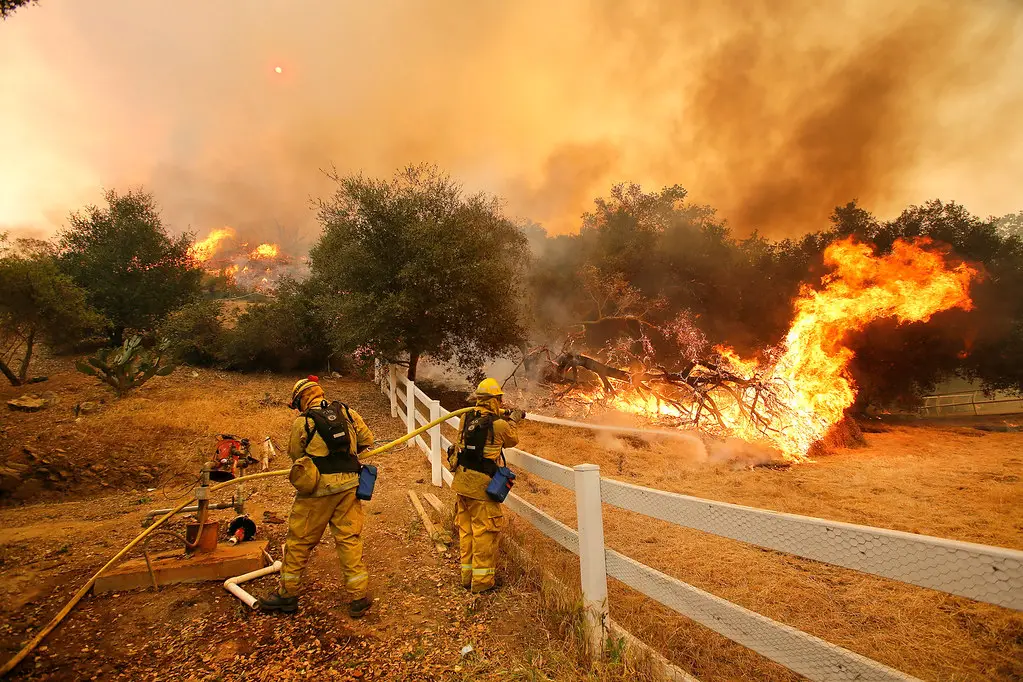
Wildfires destroy the natural habitats of countless species, forcing animals to flee their homes in search of safety. Birds, mammals, and reptiles lose the trees, burrows, and waterways they depend on for shelter and sustenance. In their scramble to escape, many animals end up disoriented or separated from their families as mentioned in this article by CBS News. Displacement also increases the likelihood of human-wildlife encounters, often leading to conflicts as animals enter urban areas in desperation. The loss of habitat leaves some species with no place to return to, causing long-term disruptions in local ecosystems. Even after the fires are extinguished, animals face challenges in finding new territories, often leading to competition and increased mortality rates. The heartbreaking sight of animals wandering through scorched landscapes is a stark reminder of the fires’ lasting impact. Rehabilitation efforts can help some displaced animals, but for many, the damage is irreversible. Entire ecosystems can collapse when keystone species are forced to relocate or perish.
2. Severe Injuries and Burns
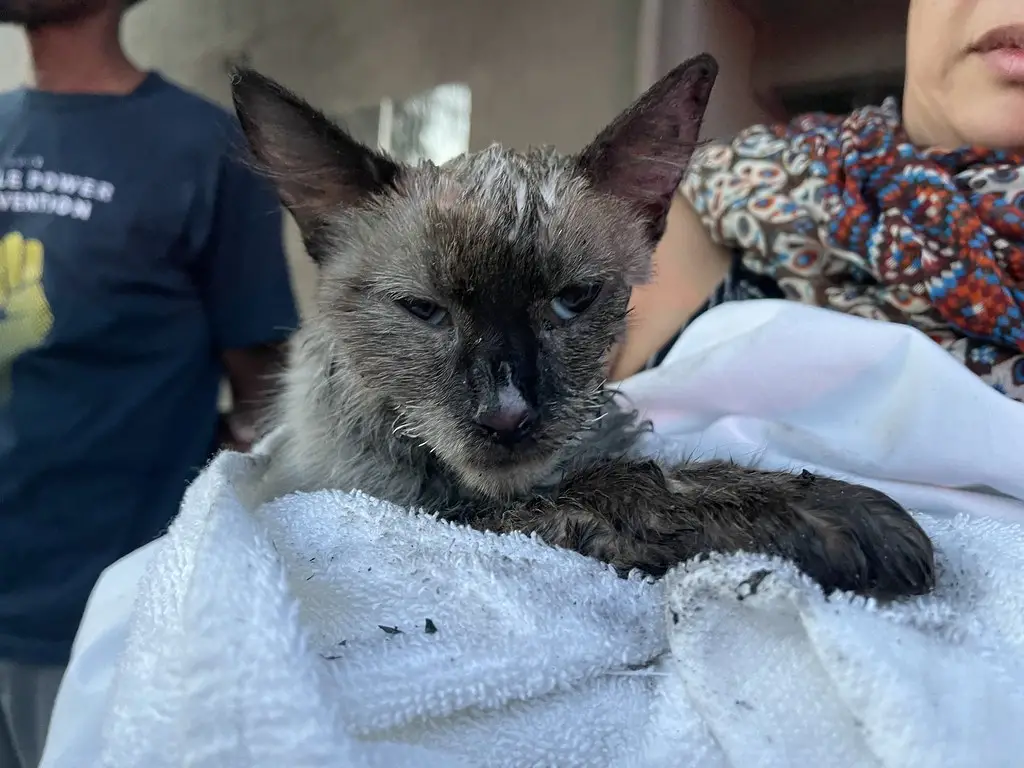
Many animals caught in the path of wildfires suffer from severe burns and smoke inhalation. Without the ability to flee quickly, smaller or slower-moving creatures like tortoises, rodents, and insects are particularly vulnerable. Birds often suffer from singed wings, rendering them unable to fly. Injured animals face excruciating pain and often struggle to find food or water in the aftermath. Rescue organizations, like the International Fund for Animal Welfare, frequently report cases of animals with blistered paws, scorched fur, and damaged respiratory systems. Unfortunately, not all injured animals can be saved, and many succumb to their injuries before help arrives. Burn injuries are not just painful but can also lead to long-term disabilities, making survival in the wild nearly impossible. Wildlife veterinarians and volunteers work tirelessly to provide treatment, but resources are often limited. For every animal saved, there are countless others that perish, underscoring the tragic toll of these fires. The physical scars left on surviving animals are a haunting reminder of the disaster they endured.
3. Loss of Food Sources
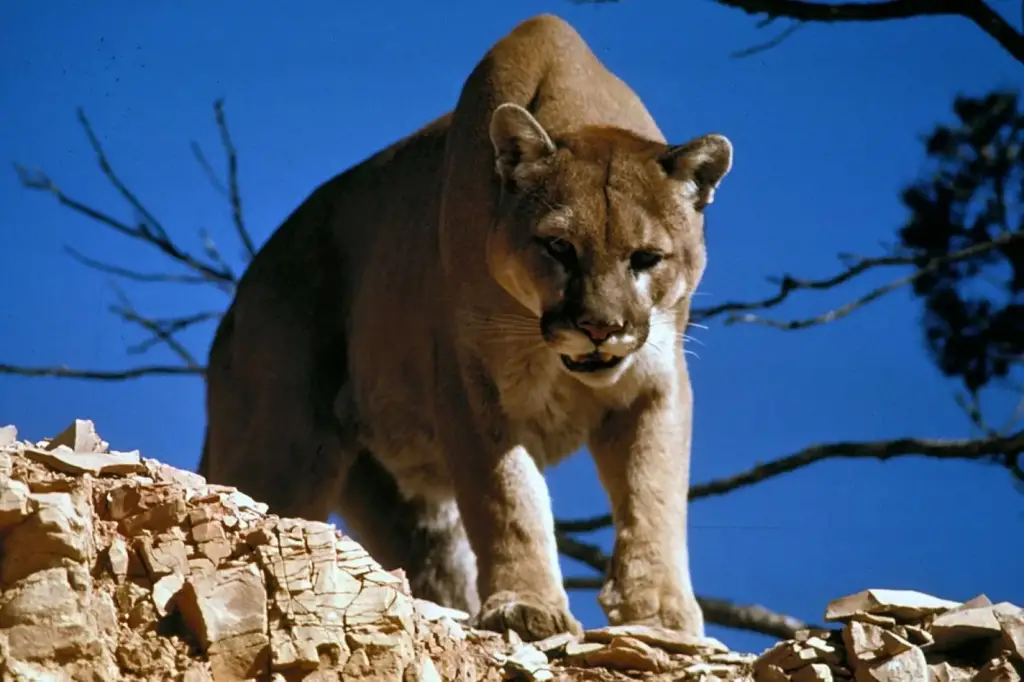
Wildfires consume vast areas of vegetation, destroying the primary food sources for herbivores and the prey species that carnivores depend on. Deer, rabbits, and other grazing animals often starve after fires wipe out the grasses and shrubs they rely on. According to NC State University, the domino effect ripples through the food chain, leaving predators like coyotes, mountain lions, and hawks struggling to find sustenance. Insects, which are critical for pollination and as a food source, are also decimated in large numbers. The scarcity of food forces animals to travel greater distances, increasing their exposure to predators and other dangers. For pets left behind or unable to be evacuated, access to food becomes a critical issue as fires disrupt supply chains. Rehabilitating ecosystems to restore food sources can take years, leaving animals in a prolonged state of hunger and vulnerability. Emergency feeding stations set up by wildlife organizations offer some relief, but these efforts can only reach a fraction of the affected animals.
4. Increased Risk of Predation
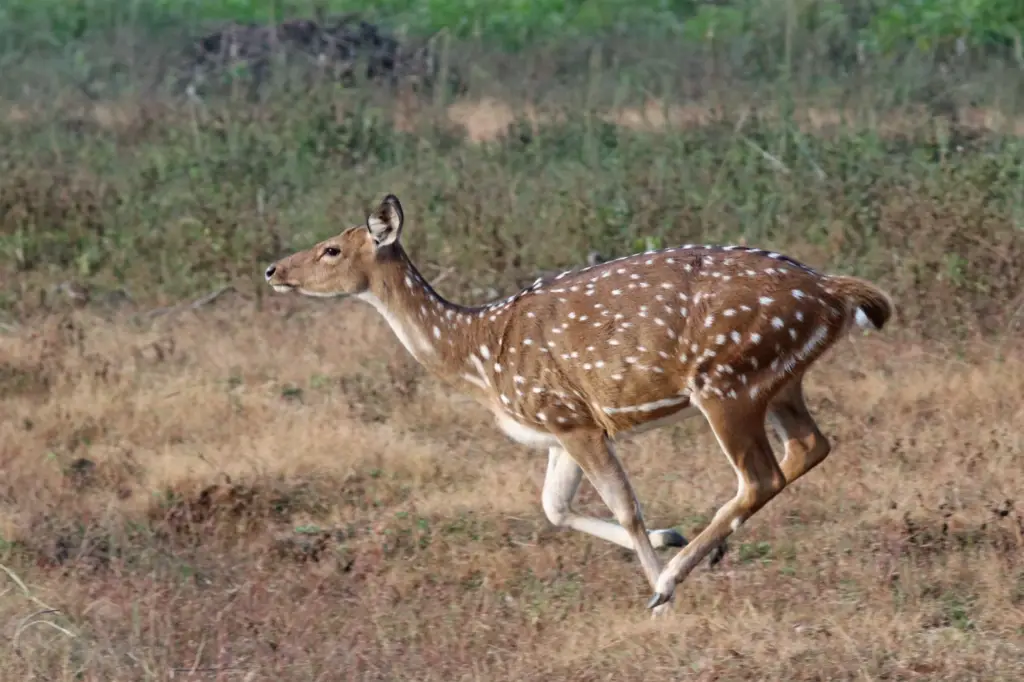
When wildfires strip away vegetation, animals lose their natural cover, making them more exposed to predators. Small mammals and birds that would typically hide in dense foliage are left vulnerable as they traverse open, burned landscapes. Predators, too, are impacted by the fires, with some becoming more aggressive as they compete for scarce resources. Domestic pets, especially outdoor cats and dogs, are at heightened risk of being attacked by wildlife displaced by the fires. According to the National Forest Foundation, the breakdown of natural barriers between species creates chaotic interactions, often leading to increased mortality. Juvenile animals, unable to flee quickly or defend themselves, are particularly susceptible to predation. The lack of hiding places also disrupts nesting and denning behaviors, further impacting reproduction rates for many species. This chain reaction exacerbates the already dire consequences of the fires, threatening the survival of entire populations. Conservationists face an uphill battle in restoring balance to these disrupted ecosystems.
5. Orphaned Young
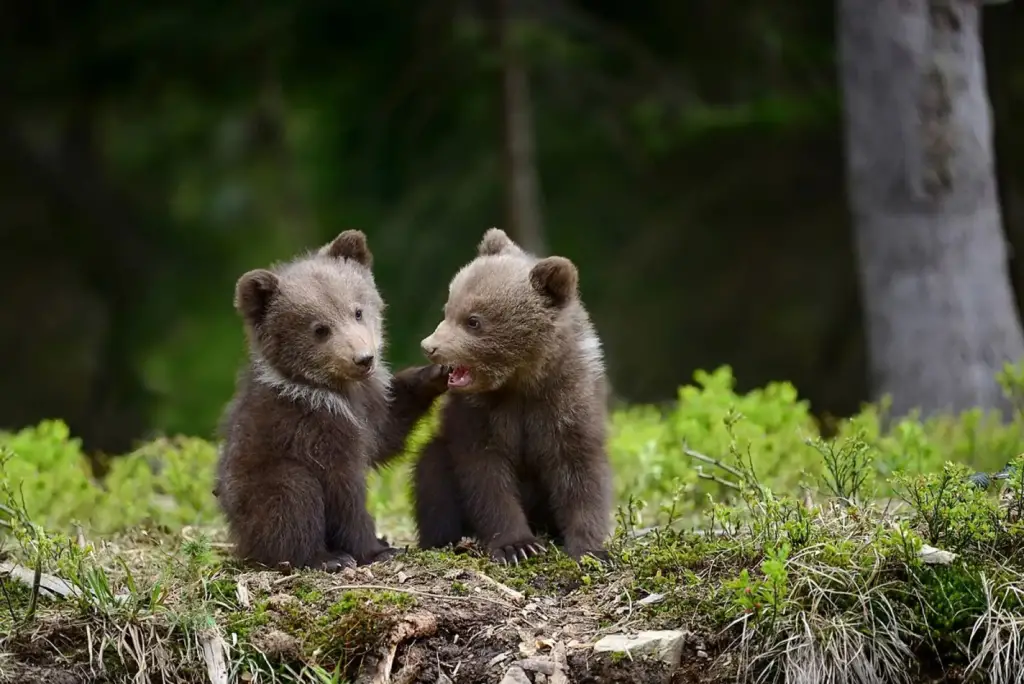
Wildfires often separate young animals from their parents, leaving them orphaned and unable to fend for themselves. Nestlings and fledglings are frequently abandoned as parent birds flee the flames, while mammals like bear cubs and fawns lose their mothers in the chaos. These young animals face an uphill battle for survival, with limited skills to find food, evade predators, or navigate their altered environments. Rescue groups often find frightened, malnourished, and dehydrated orphans struggling to survive in the aftermath, like discussed by Animal Survival International. Rehabilitation centers work tirelessly to care for these animals, but the sheer volume of orphans during fire season can overwhelm available resources. Reuniting young animals with their parents is nearly impossible in most cases, leading to lifelong captivity for some. The loss of parental guidance also disrupts the learning of critical survival skills, reducing their chances of thriving in the wild. The sight of helpless orphans is one of the most heart-wrenching consequences of wildfires.
6. Stress and Trauma
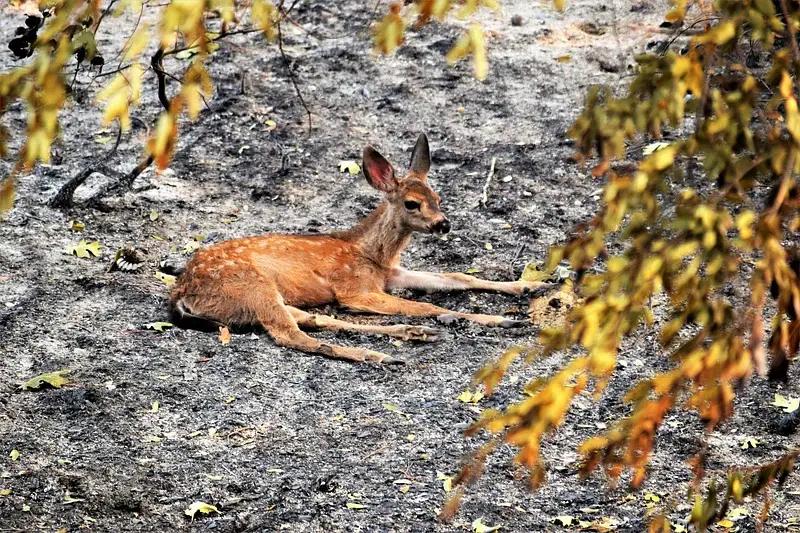
Animals experience significant stress and trauma during wildfires, just as humans do. Pets often become anxious and disoriented during evacuations, sometimes bolting and becoming lost. Wildlife subjected to the constant threat of flames, noise, and smoke exhibit signs of chronic stress, including erratic behavior and reduced reproductive success. Trauma can lead to long-term changes in behavior, making animals more aggressive or fearful. For pets, the emotional toll of being separated from their families during evacuations can be devastating. Wildlife may avoid certain areas even after they have recovered, disrupting migration and feeding patterns. Stress also weakens immune systems, making animals more susceptible to disease and reducing their overall chances of survival. Recognizing and addressing the psychological impact of wildfires on animals is an emerging focus for rescue and rehabilitation efforts. The invisible scars left by these disasters are just as damaging as the physical ones.
7. Disruption of Ecosystems
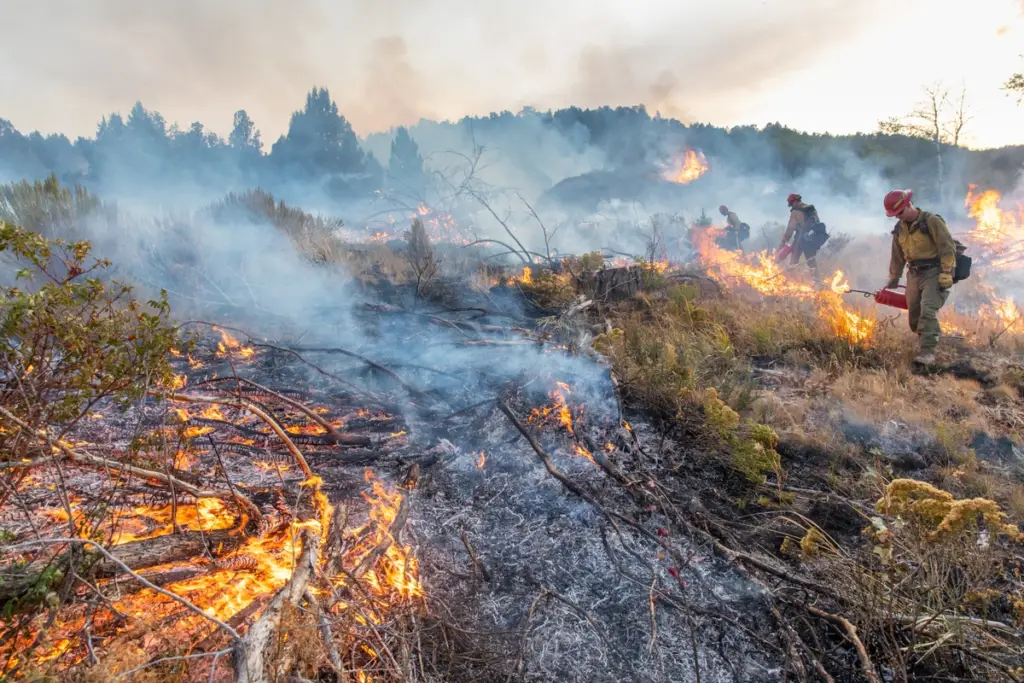
The widespread destruction caused by wildfires disrupts entire ecosystems, altering predator-prey relationships, migration patterns, and species diversity. Some species may thrive in the aftermath, taking advantage of the changed environment, while others are pushed to the brink of extinction. The loss of keystone species, such as pollinators or top predators, can have cascading effects that impact all levels of the ecosystem. Aquatic animals are not spared either, as ash and debris from fires pollute rivers and streams, killing fish and other aquatic life. The introduction of invasive species into burned areas further complicates recovery efforts, often outcompeting native species for resources. Restoring these ecosystems requires a coordinated, long-term approach that balances immediate relief efforts with sustainable conservation strategies. The complexity of these disruptions highlights the interconnectedness of all life forms and the profound impact of wildfires on biodiversity.
8. Air Quality and Respiratory Issues
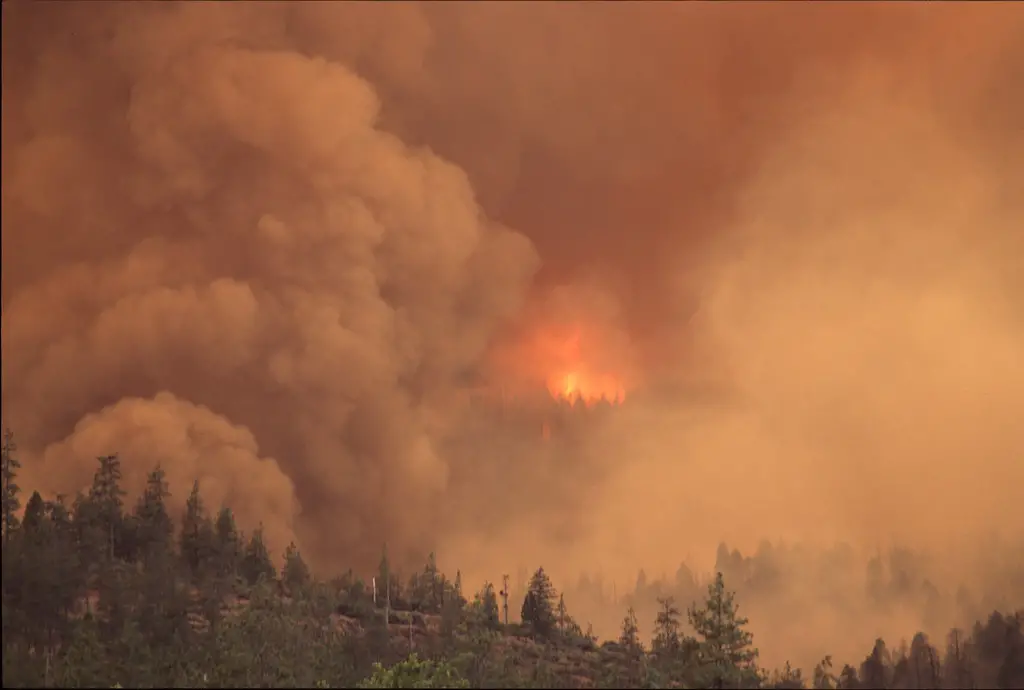
Pets and wildlife are highly vulnerable to the smoke and poor air quality caused by wildfires. Animals with pre-existing respiratory conditions, such as brachycephalic dog breeds or birds with delicate lungs, are particularly at risk. Prolonged exposure to smoke can cause inflammation, difficulty breathing, and even death. For wildlife, the inability to escape smoky conditions compounds the challenges of finding food and shelter. Pets left outdoors during fires often suffer from severe respiratory distress, requiring urgent veterinary care. Rescue organizations struggle to provide clean air environments for displaced animals, often relying on makeshift shelters. Even after the fires subside, lingering air pollution can have long-term health impacts, including reduced lifespan and reproductive success. Addressing air quality issues is a critical component of both human and animal recovery efforts. The silent toll of smoke inhalation is one of the most pervasive yet overlooked consequences of wildfires.
9. Barriers to Rescue and Evacuation
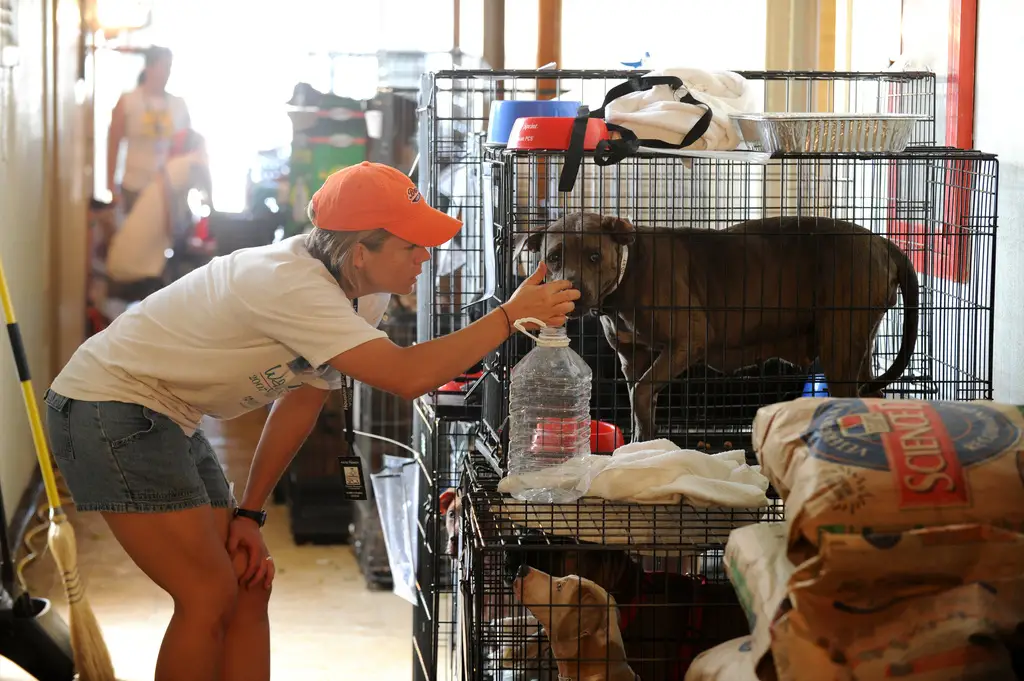
Evacuating animals during wildfires is a monumental challenge, with limited time and resources to save every pet and wildlife species. Pets may hide in fear, making them difficult to locate during evacuations, while wildlife often flee into inaccessible areas. Rescue organizations work tirelessly to save as many animals as possible, but the scale of the fires often outpaces their efforts. For pet owners, the heartbreaking choice of leaving behind animals due to evacuation restrictions is an all-too-common reality. Wildlife caught in the path of flames are often left to fend for themselves, with only a fraction receiving aid. The logistical difficulties of transporting large or exotic animals add another layer of complexity to rescue missions. In the aftermath, reuniting lost pets with their owners becomes a Herculean task, further highlighting the need for improved emergency planning. The stories of animals left behind are a sobering reminder of the human and animal cost of wildfires.
10. Long-Term Population Declines
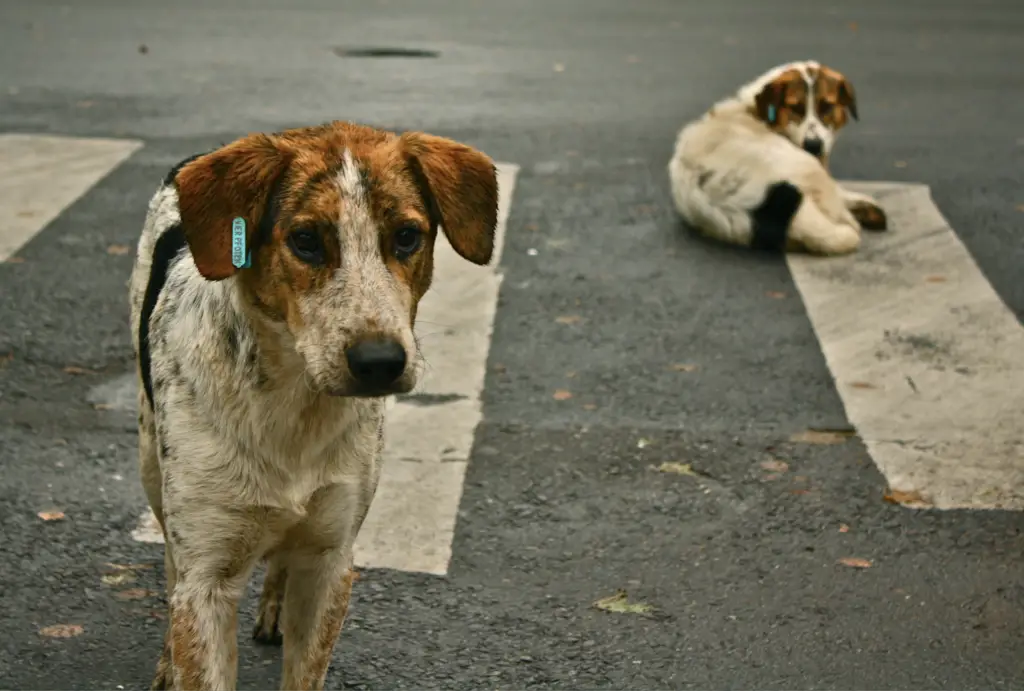
The cumulative effects of wildfires often lead to long-term population declines for both pets and wildlife. Species with small populations or limited ranges are particularly vulnerable, as repeated fires can wipe out entire groups. Recovery for some species may take decades, with certain animals never fully bouncing back. Pets abandoned during wildfires often struggle to adapt to life as strays, facing increased risks of injury, disease, and starvation. Wildlife species that rely on specific habitats, such as wetlands or old-growth forests, may lose their homes permanently. The loss of biodiversity weakens ecosystems, reducing their ability to recover from future disturbances. Conservation programs aim to mitigate these declines, but the scale of destruction caused by wildfires makes complete recovery difficult. The long-term impact of wildfires serves as a stark warning about the need for proactive measures to protect both animals and their habitats.


